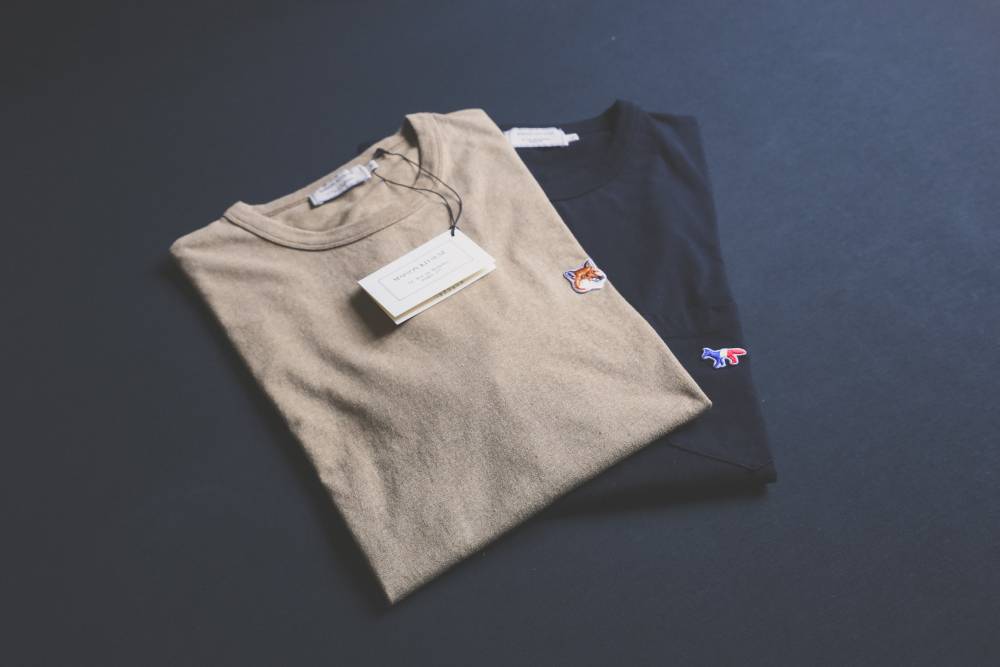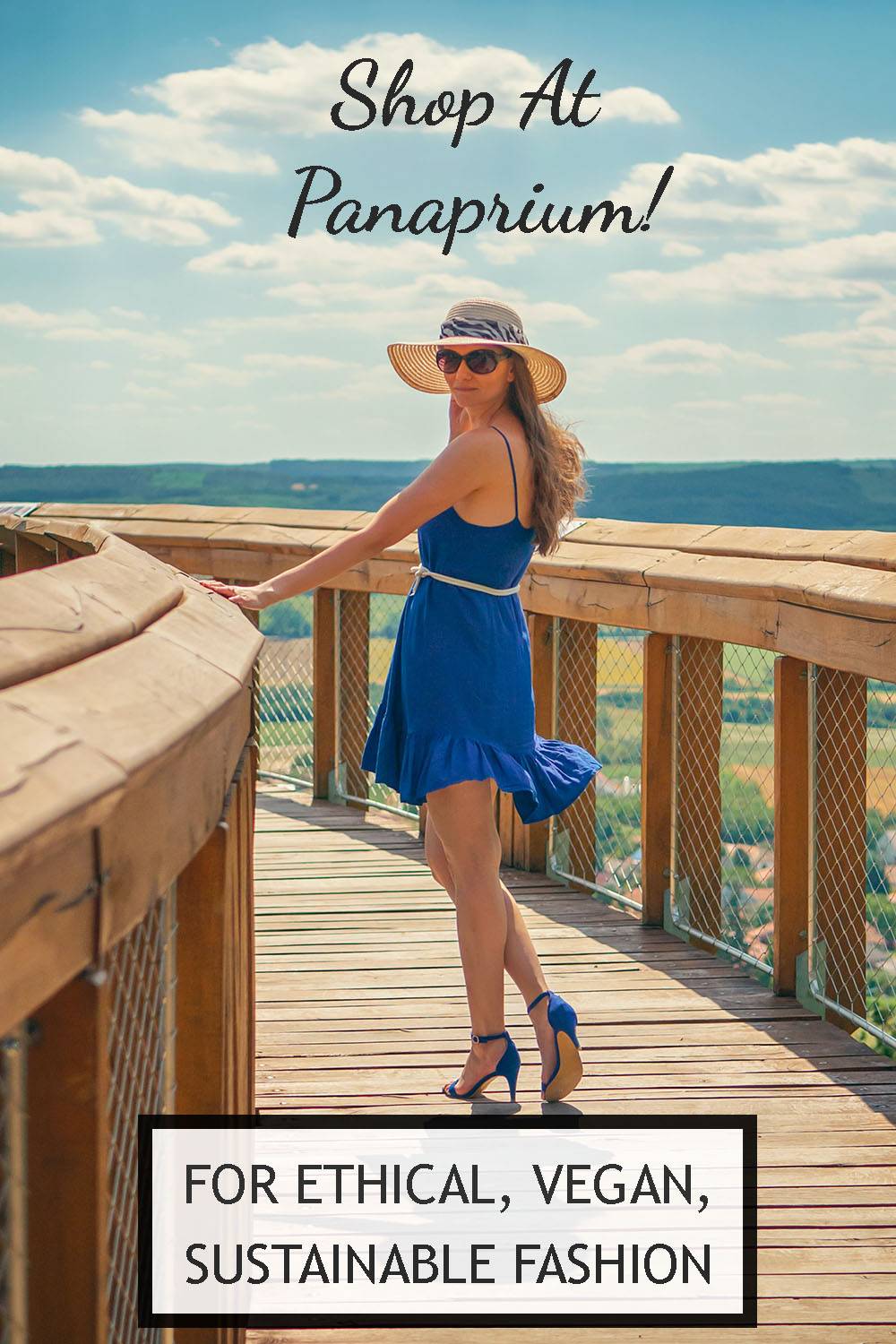
Cotton is still the most widely used fiber for clothing. It's cheap and mass-produced around the world. What about linen clothes? Linen fabric is much more expensive but has amazing benefits for fashion.
The advantages of linen for clothing are durability, comfort, resistance, low weight, versatility, breathability, easy-care, and quick-dry qualities. Plus, organic linen is a natural and environmentally friendly material.
Linen is the most expensive and sustainable clothing fabric in the world. It makes woven fabrics from renewable plant-based resources: flax plants. Its price remains higher than cotton because of its costly manufacturing process.
Linen is considered a very luxurious fabric for clothing. It's a more sustainable alternative to silk, which kills millions of animals every year and pollute nearby environments.
Linen fabric final quality depends a lot on the raw materials. More than 85% of all flax fibers come from Europe. But flax represents less than 1% of all textile fibers consumed worldwide.
The largest producer of flax fiber and tow worldwide is France with about 660,000 tons produced in 2018, followed by Belgium, Belarus, and Russia.
Linen is a fabulous high-quality and luxurious material to make environmentally friendly and socially responsible clothing.
Panaprium is proud to be 100% independent, free of any influence, and not sponsored. We carefully handpick products from brands we trust. Thank you so much for buying something through our link, as we may earn a commission that supports us.
Linen fabric benefits
There are some amazing benefits of using linen for clothing. Linen makes a great addition to any wardrobe. It's used by most luxury fashion brands and designers around the world, such as Albus Lumen and Claudio Milano.
It's important to not mistake natural, expensive, and sustainable linen with fake linen. Fake linen is often mislabeled and sold as linen. But it's made from cheap synthetic fiber blends.
Read up my article on how do you know if a fabric is Linen to learn how to differentiate faux linen from natural linen.
Linen is a very luxurious fabric. It symbolizes extravagance, richness, and preciousness. It's production costs twice as much as cotton. Linen is so rare and expensive making it a great choice for high-end garments.
The natural color of undyed linen is pale yellowish-gray. It's the color of unspun dressed flax, the color of straw. Linen gives a natural look to clothing.
Linen clothing is well-known to be exceptionally cool in hot weather. It's a highly comfortable and breathable fabric that fares well against cotton. It helps with body temperature regulation when worn close to the skin.
Linen is very absorbent, anti-bacterial, and moisture-wicking. It's also hypoallergenic and protects from bacteria, fungus, and infections. Linen is used for men and women's clothing alike.
Cotton is much weaker than linen, about two to three times less. Fabrics made of linen are highly resistant, strong, durable, and rigid. Linen has been used for clothing for a very long time (over 6,000 years).
Linen is also lightweight. It's easy to wear and care for. Linen clothes don't need much ironing. Most linen fabrics weight about 200 grams per square meter.
Natural linen is a very versatile fabric. It's used for a wide range of clothing and in household articles as well, such as pillows, curtains, tablecloths, bath towels, bedsheets, rugs, and wall coverings.

The sign of true linen is imperfections. Most linen fabrics have slubs, small bumps throughout the weave. That is what makes linen so unique and appealing.
The main disadvantage of linen is its poor elasticity. Linen can wrinkle easily. That's why it's often blended with other materials. Natural creases are evidence of real linen.

Linen clothing sustainability
Sustainability is one of the biggest concerns for the fashion world. The textile and apparel industry is one of the largest polluters globally. It releases enormous amounts of wastes, chemicals, plastics, and greenhouse gases every year.
Producing and consuming clothing made from linen helps tremendously. Linen is a natural fiber. It's also biodegradable and recyclable. It's much more sustainable than cotton, which requires tons of water to grow.
Read up my article on fast fashion abusive water consumption to learn more about the water scarcity issues caused by the textile and apparel industry.

The flax plant water requirements are quite low. Only 6.4 liters of water are needed to make a linen shirt compared to 26 liters for cotton.
The Higg Materials Sustainability Index (MSI) attributes linen a water scarcity score of 3.3, which is much lower than 50.4 for cotton.
Linen is one of the most environmentally friendly textiles. It doesn't contribute to microfiber pollution. It doesn't threaten wildlife or human health.
It's best to buy organic linen made from organic farming, without man-made chemicals in dyes, fertilizers, or pesticides.
The following independent third-party organizations give organic certifications:
- the U.S. Department of Agriculture
- the E.U. Organic Certification Agency
- the Global Organic Textile Standard
Read up my article on the best certification standards for textiles to know what to look for in environmentally friendly clothing.
It's a good idea to look for Fair Trade certifications when shopping for linen clothing. This ensures high social and environmental standards.

Overall, linen is a great environmentally friendly material. It's a formidable choice to make high-quality and luxurious clothing.
Linen is a natural, biodegradable, and recyclable plant-based fiber. It offers a natural look to clothes as well as amazing benefits. Linen clothing is expensive but lasts a long time.
One of the best ways to encourage more sustainability in the fashion industry is to buy fewer clothes but higher quality. Linen clothing makes an ideal alternative to cheaply made and mass-produced apparel.
What do think of linen clothing? Do you own any linen pieces? Let us know in the comment section below.
Was this article helpful to you? Please tell us what you liked or didn't like in the comments below.






























0 comments